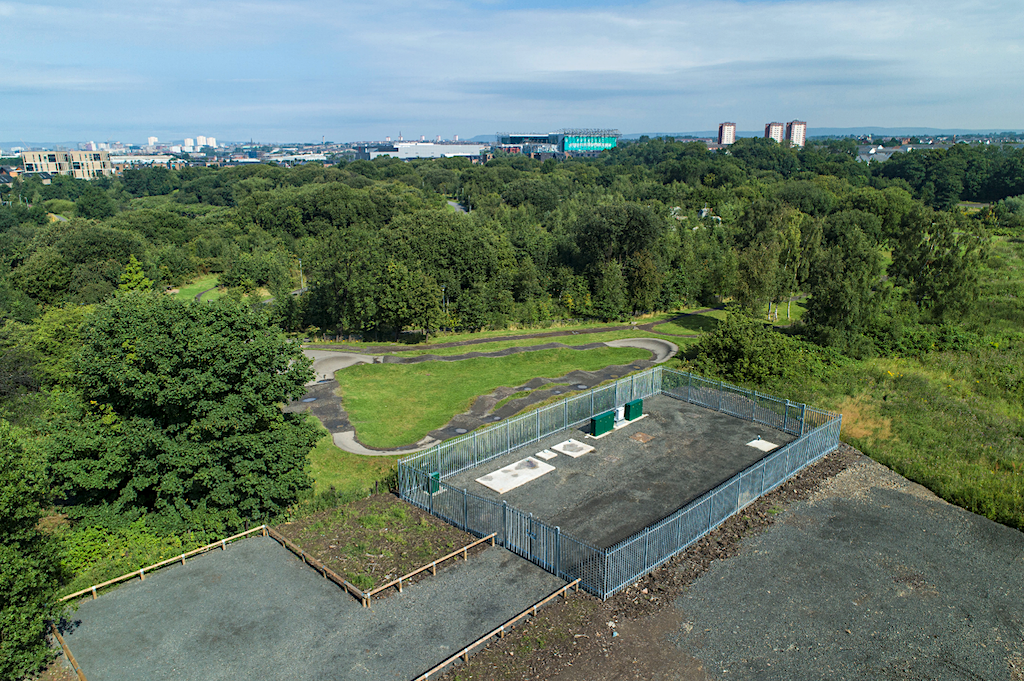Glasgow, UK observatory offers opportunities for groundbreaking geothermal research
The Glasgow Observatory by the UK Geoenergy Observatories has provided a setting for groundbreaking work on geothermal mine water studies.
The UK Geoenergy Observatory under the British Geological Survey (BGS) has established a detailed baseline at the Glasgow Observatory. This has created a ‘time zero’ dataset that will be useful in understanding any effects on the environment as a result of planned geothermal heat extraction from mine water.
The multidisciplinary approach to establish the baseline involved sampling for soil, gases, surface water, and groundwater, as well as monitoring for ground motion and seismic data. Data was collected from the Glasgow Observatory before the drillings of its boreholes and during the observatory’s construction. We had also reported on the initial sample collection from the drilled boreholes back in 2021.
The UK Geoenergy Observatories comprises two underground observatories focusing on studying the subsurface potential to harness geothermal energy for heating of homes and businesses. The Glasgow Observatory is currently operational and is already producing data on geothermal energy from mine water. The Cheshire Observatory is under construction and is intended to cover a range of geoenergy technologies including shallow aquifer geothermal and heat storage.
Large-scale collaboration
Researchers across Scotland and the rest of the UK have been collecting data on the Glasgow site, including samples of soil collected at the surface, water from within the mines, and data from the hundreds of boreholes sensors. Additionally, over 500 water, rock, and gas samples were collected during the construction phase. These were distributed to university researchers for carbon, isotopic, and microbiological analysis.
The UK Geonergy Observatories encourages more scientists and innovators to get involved in the project through providing open-source data online. “There is huge scope for flexible research at the Glasgow and Cheshire observatories and, as our recent study shows, for interdisciplinary working. Work undertaken here will address key research challenges for geothermal technologies, such as planning and construction risks, resource sustainability and regulation, operational maintenance and monitoring.” said Dr Alison Monaghan from BGS.
A rare opportunity
Being able to study ‘time zero’ conditions is a rare opportunity and is something that is not available in other commercial sites. This has also paved the way for new monitoring methods. “We need to characterise the environment at ‘time zero’ to measure and understand any changes with geothermal activities. We also need novel monitoring tools for cost-effective and environmentally sound geothermal operations.” commented Dr Monaghan.
One such monitoring method involves the potential of stimulating microbial activity because of changing subsurface flow conditions. This could generate greenhouse gases and cause damage to infrastructure. Dr Ryan Pereira and Dr Julia de Rezende from the Lyell Centre in Edinburgh are monitoring this through the use of a liquid chromatography-organic carbon detection-organic nitrogen detector (LC-OCD-OND), an instrument that can analyze for organic compounds that can be used as food sources for microbes.
“This was a rare opportunity because, when samples are recovered from sites, the preservation methods to consider microbiology are not always a priority. The research is still in its infancy, but we discovered the potential for increased leaching, which promotes the production of carbon dioxide and methane by microbes. Now we need to observe this under ambient conditions as the site is under trial for heating and cooling applications.” said Dr Rezende.
Meanwhile, Dr Neil Burnside from the Strathclyde University is analyzing sulphur isotope values in the mine water to characterize the degree and nature of water-rock interaction. “It was commonly believed that sulphur isotopes should reflect water-rock interaction with source sulphide materials. However, we found highly variable, often elevated values that suggest the influence of other factors in flooded mine systems,” explained Dr Burnside.
“Instead of access to mine workings at one or two points, there’s a borehole array fitted with state-of-the-art sensors and many more data sources besides. This wouldn’t be available at a commercial site; it points to how unique the Glasgow Observatory is, and the opportunities it presents for research.” Dr Burnside further added.
Source: BGS


















